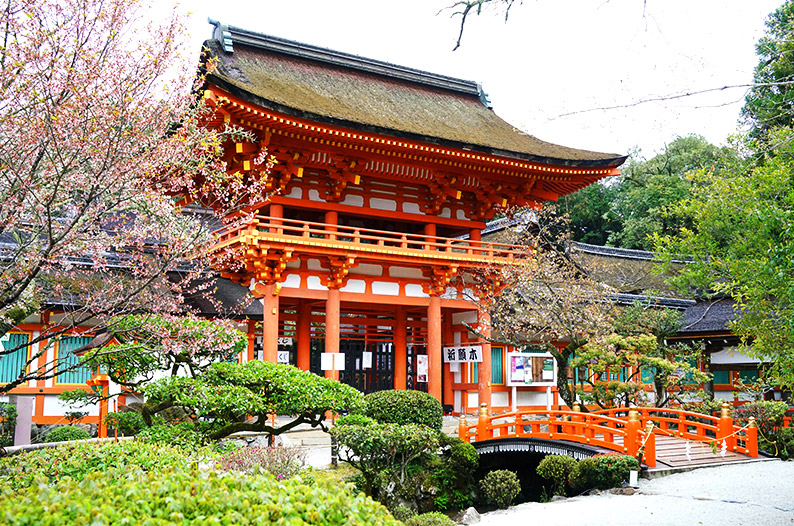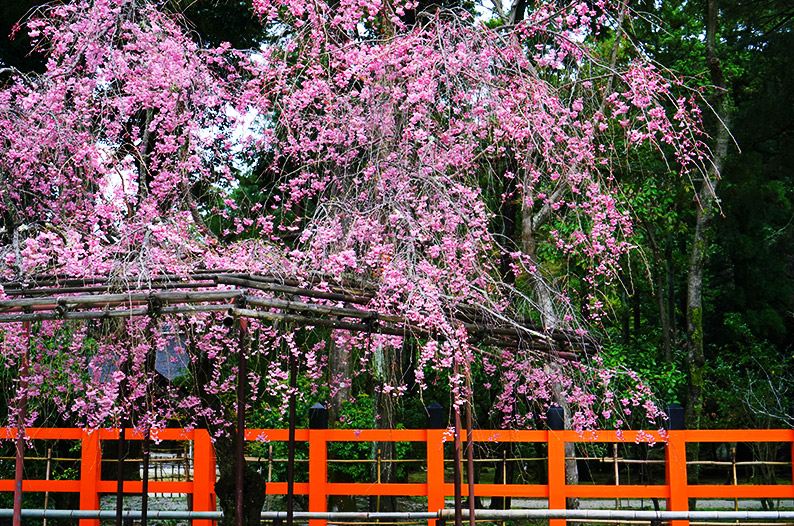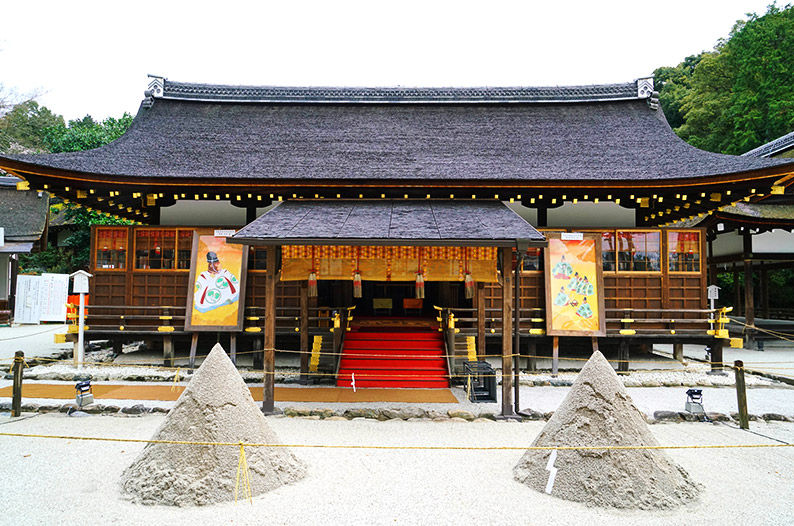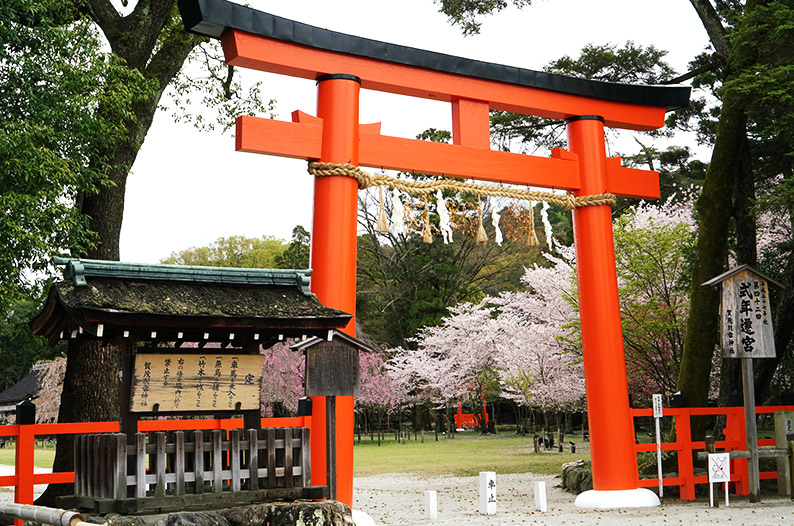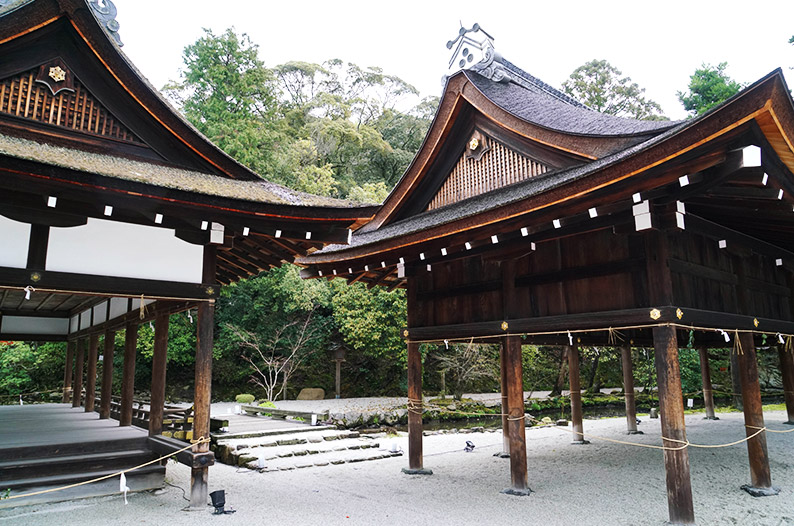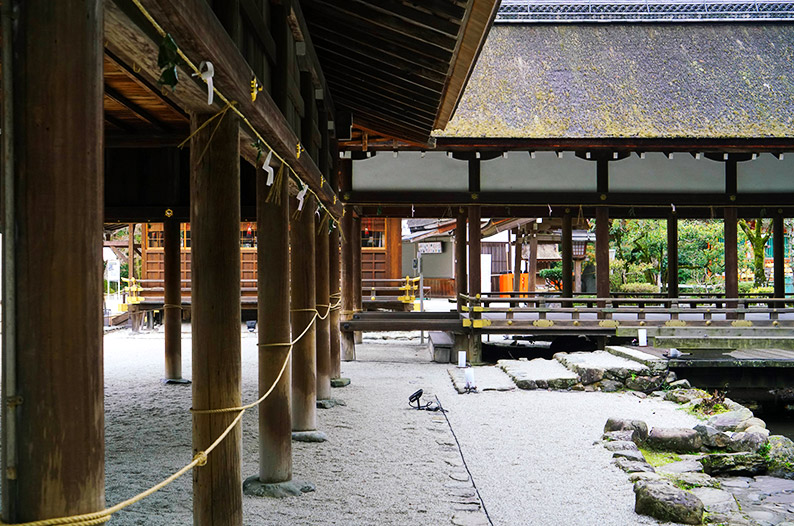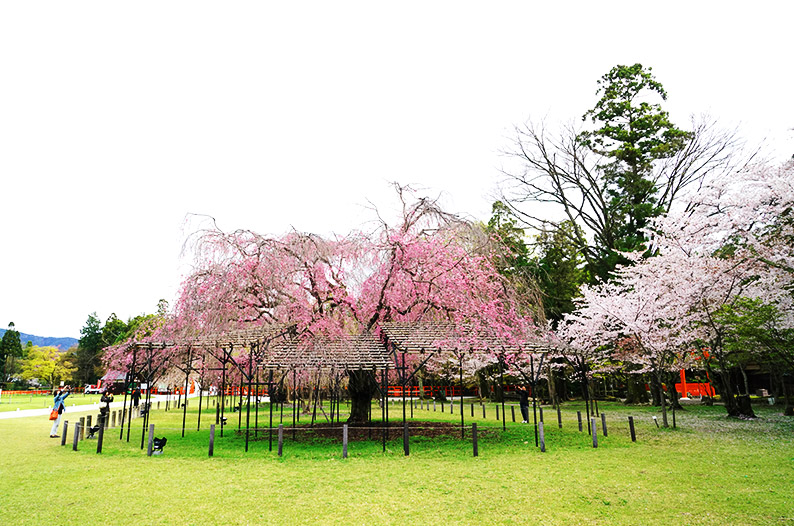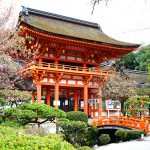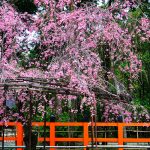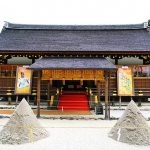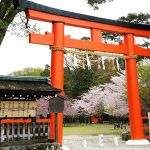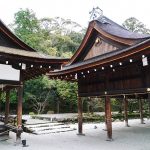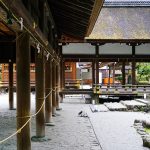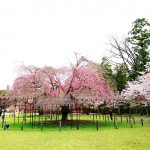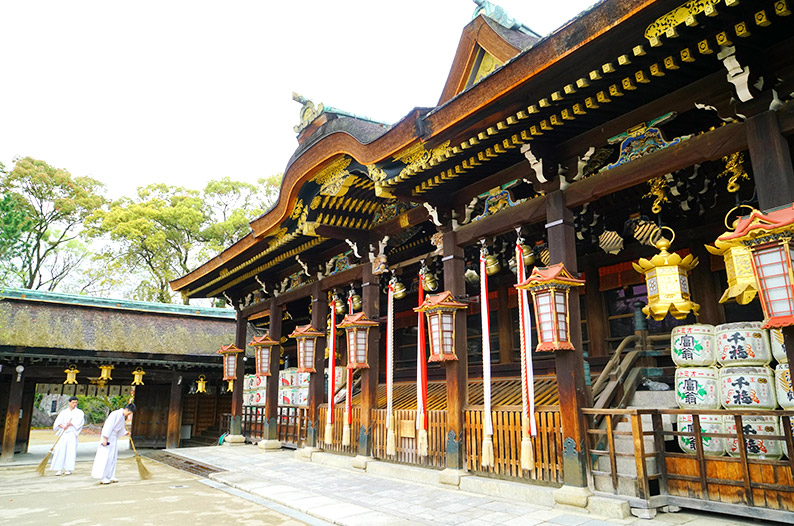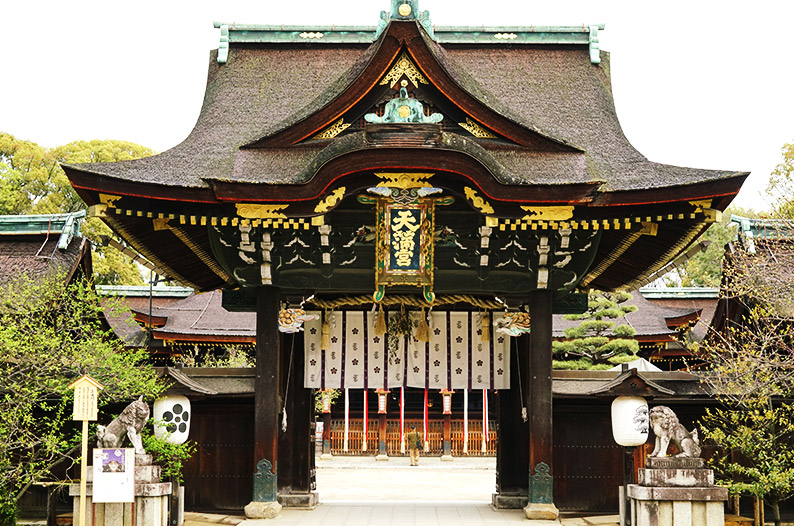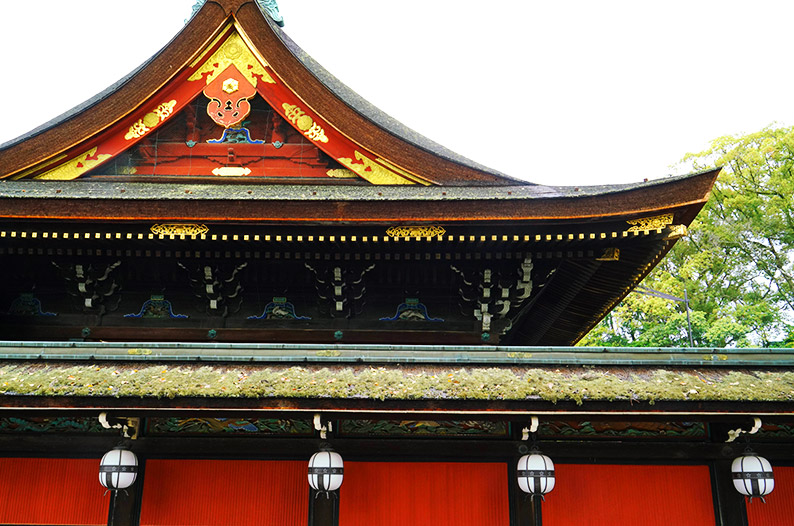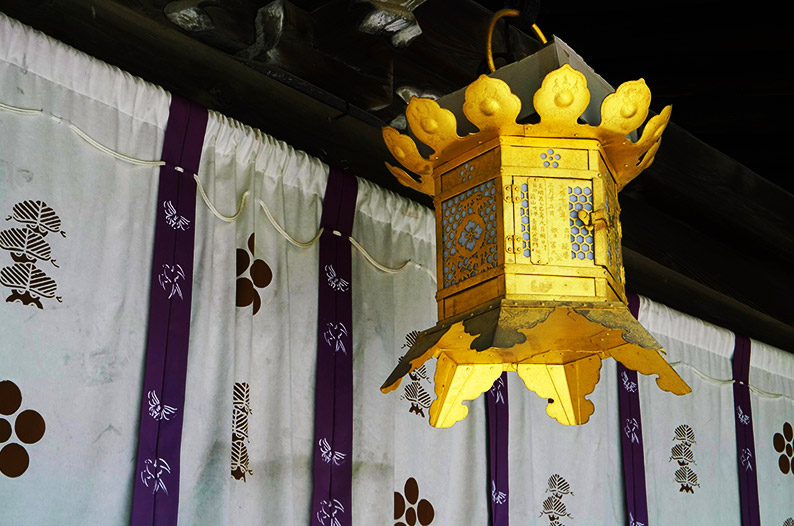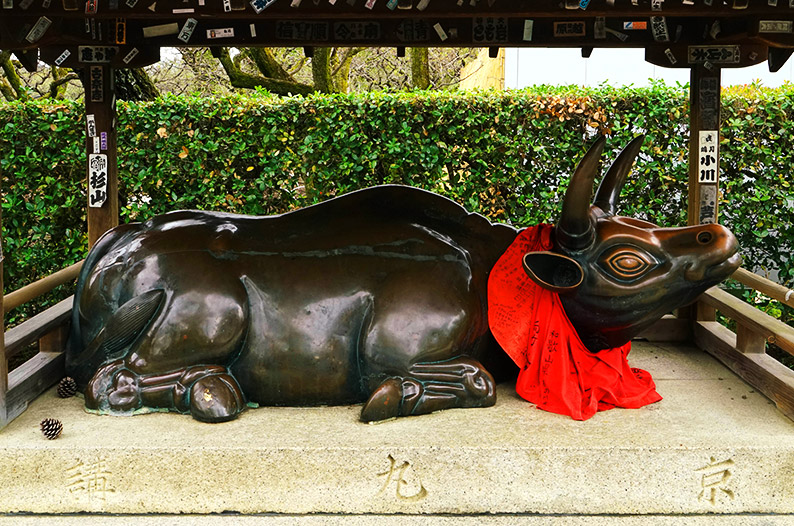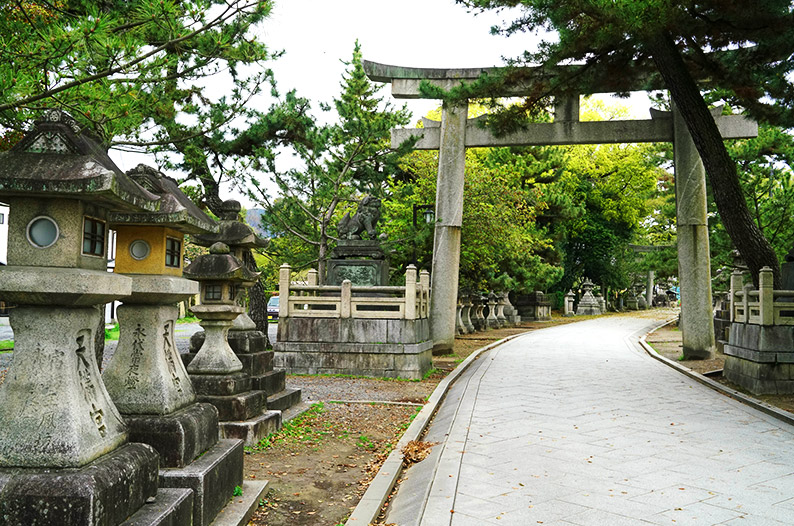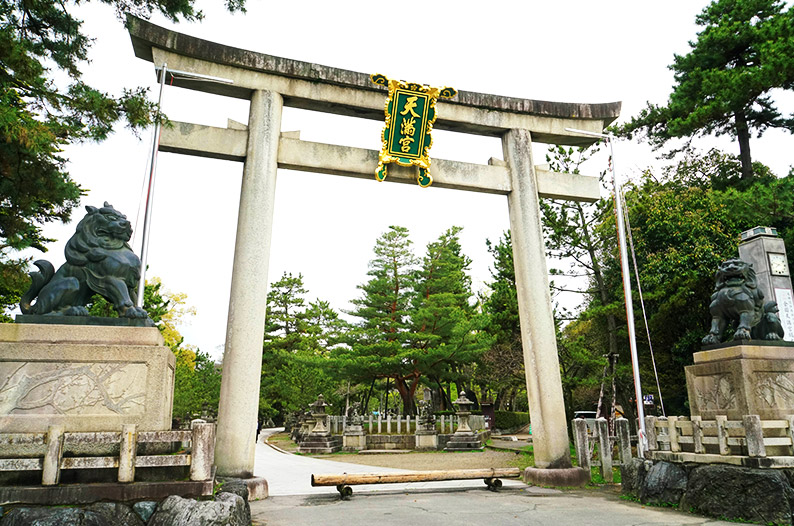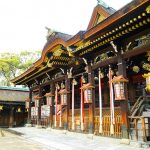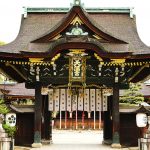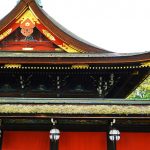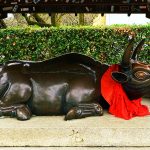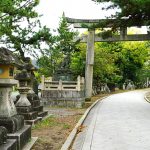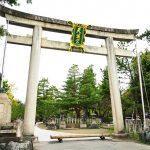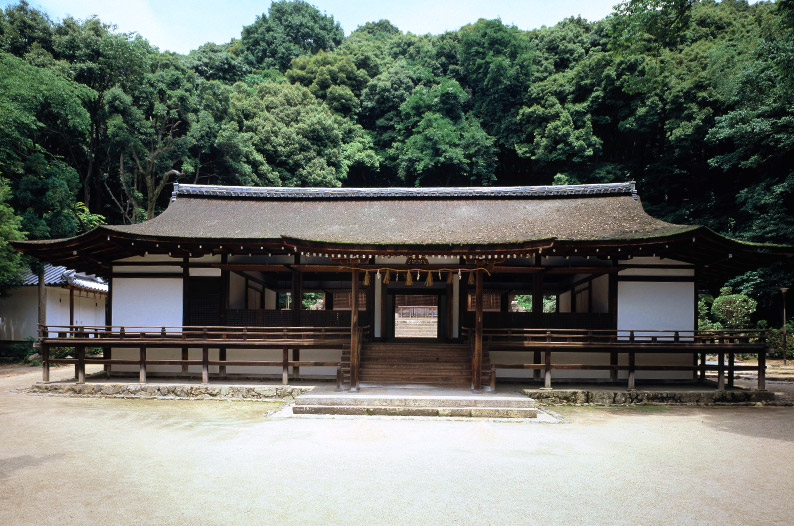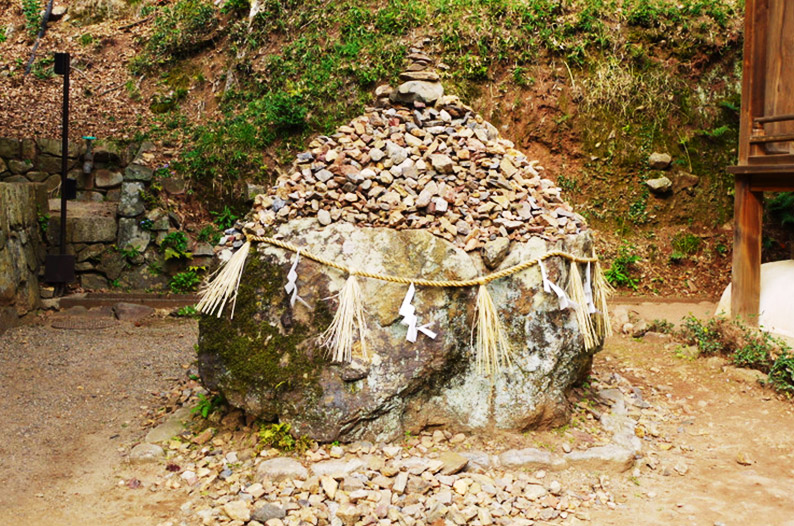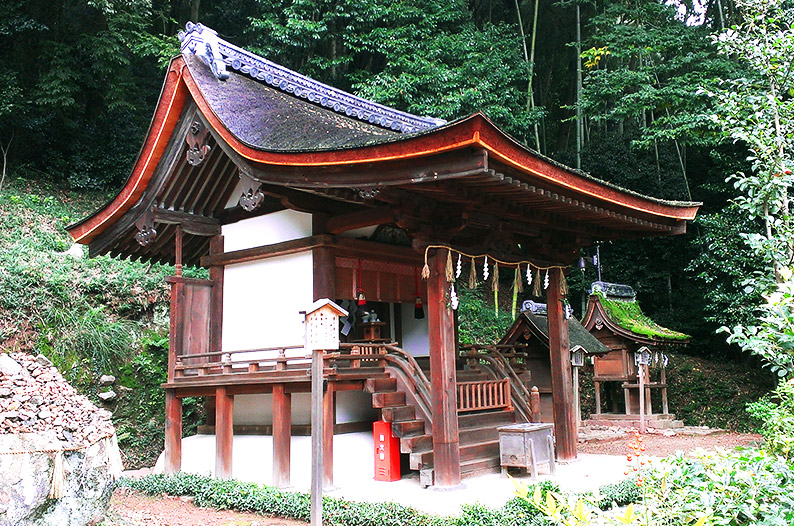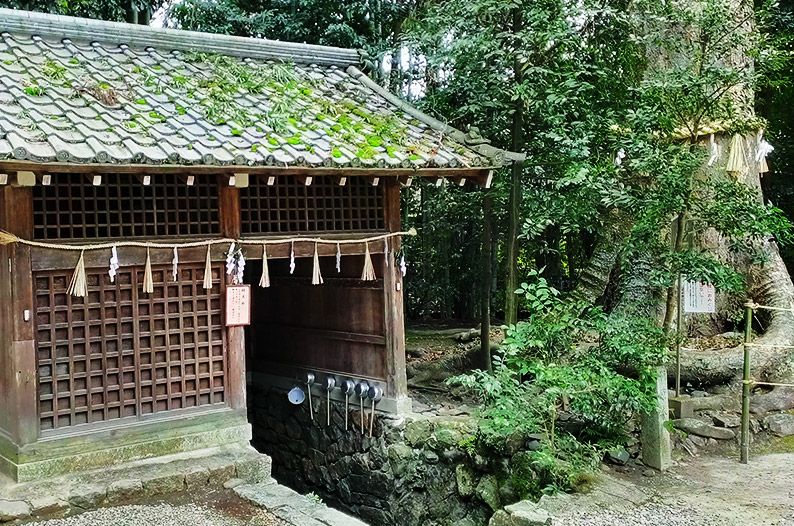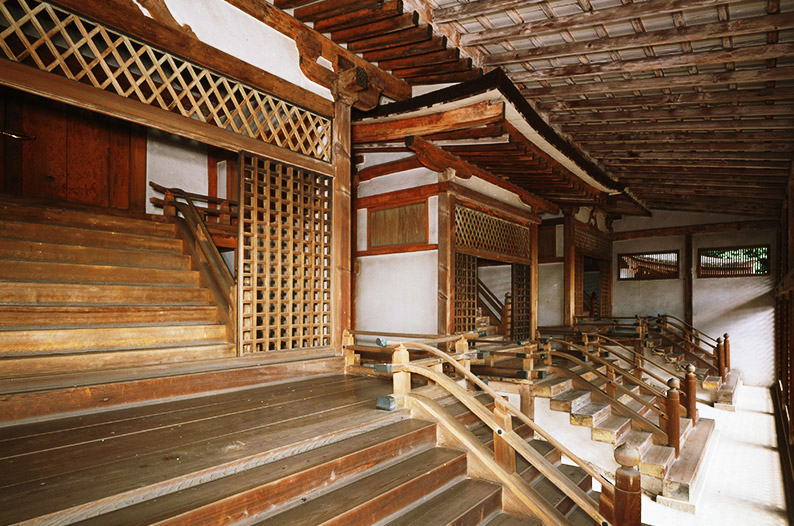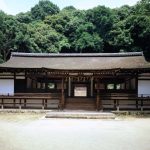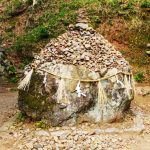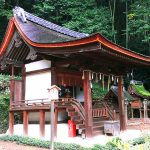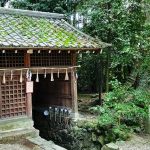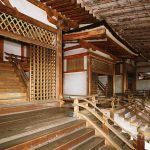Recommended Shrines in KYOTO
Whereas temples are places where Buddhist services take place, shrines are where ceremonies for Shinto, the naturalistic and animistic religion of Japan, take place. Natural elements such as the sun, moon, mountains, seas, rivers and trees are all objects of worship, with more than 8 million gods are said to be revered in Japan. Even spaces such as the kitchen or the toilet are said to contain a god. Of the many ancient and honorable shrines exist in Kyoto, we’ highlighted a few that are designated as world heritage sites.
1. Kamigamo Shrine
Passing under the red torii gates of Kamigamo Shrine, there’s lush greenery on either side of the white path, which leads you to another red torii gate. The contrast between the green, white, red and the blue of the sprawling sky leaves a lasting impression. After the second torii, a cone made of sand appears. This is the symbol of Kamigamo Shrine. Although it looks like modern art, it’s actually a representation of the mountain behind the shrine, upon which god is said to have descended many moons ago. In other words, this is god’s resting place.
The god enshrined at Kamigamo Shrine is the God of Thunder, believed to stop disasters and protect the electrical industry by taming lightning. The shrine is home to many buildings, two of which are national treasures and 34 are important cultural properties. The Main Hall and Kendono (where deities are protected when the Main Hall is being repaired) are both designated as national treasures. While similar architectural styles can be seen at many shrines across Japan, this shrine is known for its extended roofs. Looking at the shrine from the side, you can see how the roof is asymmetrical.
Kamigamo shrine has always had strong connections with the Imperial family, and some of the rituals performed here today follow traditions that were once performed in the Imperial court. The Hollyhock Festival, held on May 15 every year, is one such remnant of Imperial rituals. During the festival, 500 people form a procession from the original located of the Imperial palace to Kamigamo Shrine, an 8km journey. Festival costumes and furnishings are true reproductions of those used in the 9th to 11th centuries. Watching the festival is like witnessing a picture scroll depicting aristocratic culture come to life.
Kamigamo Shrine
339 Kamigamo, Motoyama, Kyoto-shi, Kita-ku, Kyoto
TEL: 075-781-0011
http://www.kamigamojinja.jp/english/index.html
2. Kitano Tenmangu Shrine
Michizane Sugawara, a figure from the 9th century, is enshrined in Kitano Tenmangu Shrine. Michizane was academically gifted and used his intelligence to climb his way up and became a court official when the Fujiwara clan was in power. However, a conspiracy saw him ousted and he died in dishonor. Nobles feared that his spirit would cause disasters and calamities, so they enshrined him as a god. Today, Michizane is known as the God of Academia and is popular amongst students, who come to worship prior to their exams.
Kitano Tenmangu Shrine is made up of a number of connected buildings, making its layout quite complicated. It’s been burned down in fires several times since its construction, however has always been rebuilt in a similar way. The current shrine was built in 1607 and is a national treasure. First, appreciate the grandeur of the building from a distance, before taking a closer look.
You’ll see many colorful carvings, as well as pine trees planted on the right and plum trees on the left of the shrine, both of which Sugawara loved. There are more than 1,500 plum trees, which feature on the shrine’s emblem, which bloom in early February. Their blossoms create a stunning atmosphere that is different to that of cherry trees.
The treasure exhibition is also a must see, displaying works from the picture scroll of the shrine’s lucky omens, swords, folding screens and tea utensils. The exhibition is open during the plum blossom and autumn season (early November to early December), as well as on the 25th of every month.
Kitano Tenmangu Shrine
Bakurocho, Kamigyo-ku, Kyoto-shi, Kyoto
TEL: 075-461-0005
http://www.kitanotenmangu.or.jp/top_en.php
3. Ujigami Shrine
Ujigami Shrine is located in Uji city, a little ways from central Kyoto. There are only two shrines, both with a mountain backdrop. The quiet, inconspicuous atmosphere here is a surprise for visitors who come to see a world heritage shrine. However, the natural, quiet environment is an ideal resting place for the deity.
As you walk through the torii gate, the first thing you see is the Hall of Worship, registered as a natural treasure. Built in the 13th century, it incorporates the graceful architectural style of an aristocratic mansion. Behind this hall is the Main Hall, also a national treasure. Built with wood dating from 1060, it’s the oldest shrine in Japan. It’s very rare for a building this old to remain – shrines are usually rebuilt after a certain amount of time, and Kyoto has suffered from many fires.
The Main Hall is comprised of three pavilions lined next to each other, with another larger building on top that completely encases the three pavilions. Therefore, the only way to see the Main Hall is by peeking through the holes in the lattice. The encasing building is thought to have been built later in the 13th century, but some say that it has existed before the Main Hall. In other words, the cover was not created recently as a means of protecting the cultural property, but has been there since the Main Hall was built, suggesting that people back then already realized the importance of protecting the shrine. Thanks to their thoughtfulness, we can take a glimpse into a place of faith that is nearly a millennium old.
Ujigami Shrine
59 Ujiyamada, Uji-shi, Kyoto
TEL: 0774-21-4634
http://www.pref.kyoto.jp/isan/ujigami.html
by Kana Yanagihara
April 30, 2016
- TOPCOLUMNRecommended Shrines in KYOTO
- TOPDESTINATIONSKYOTORecommended Shrines in KYOTO
